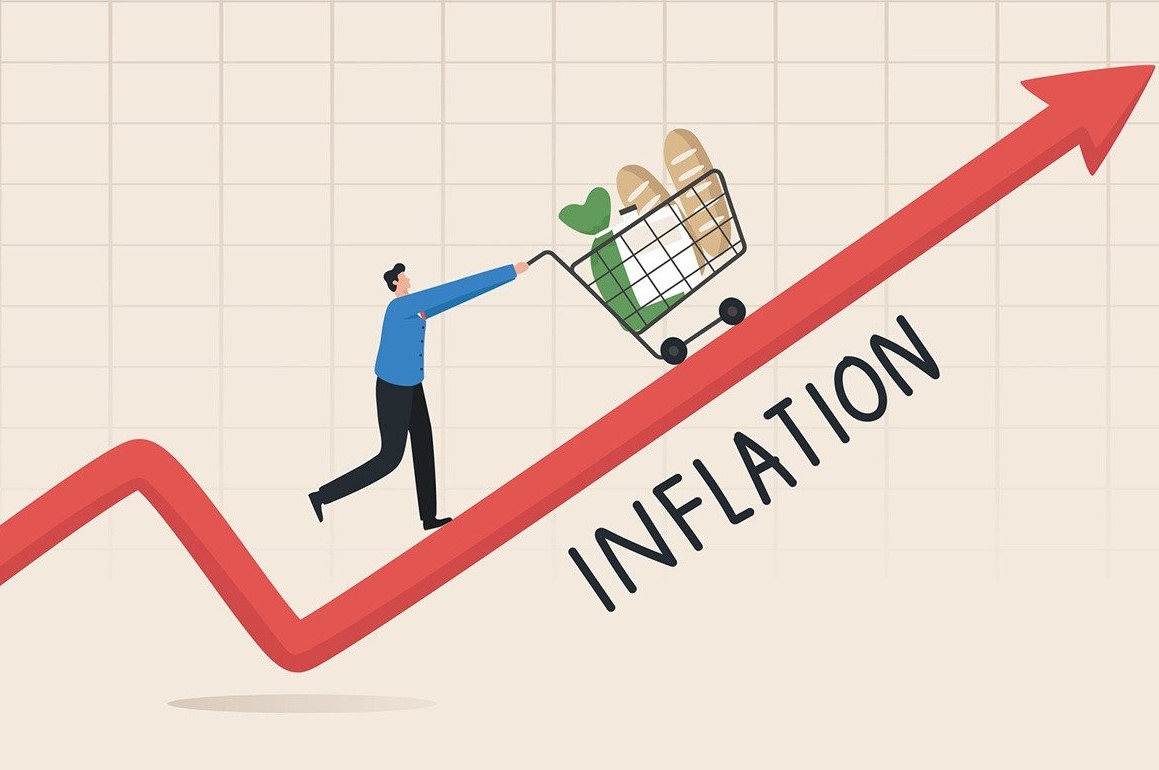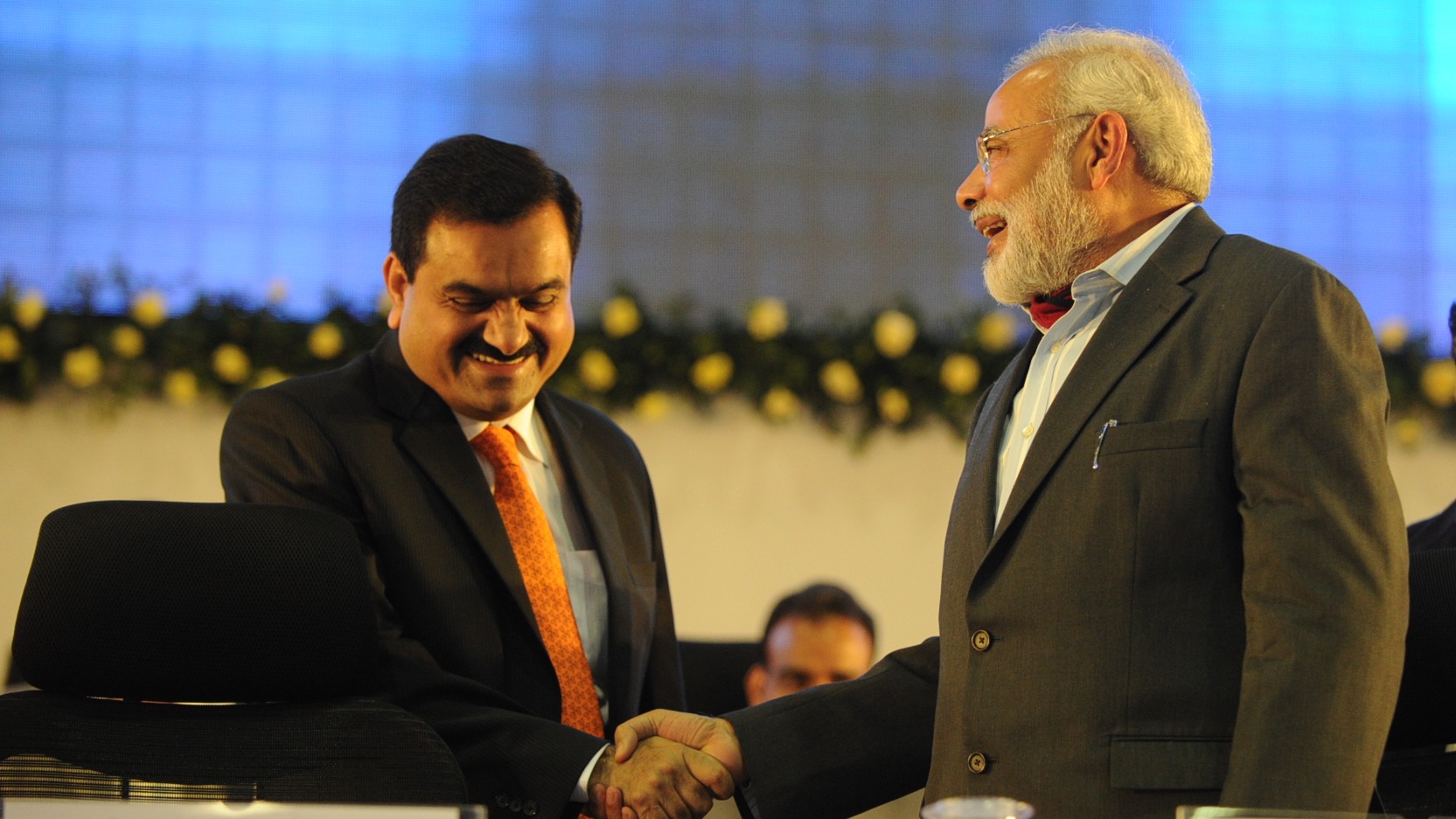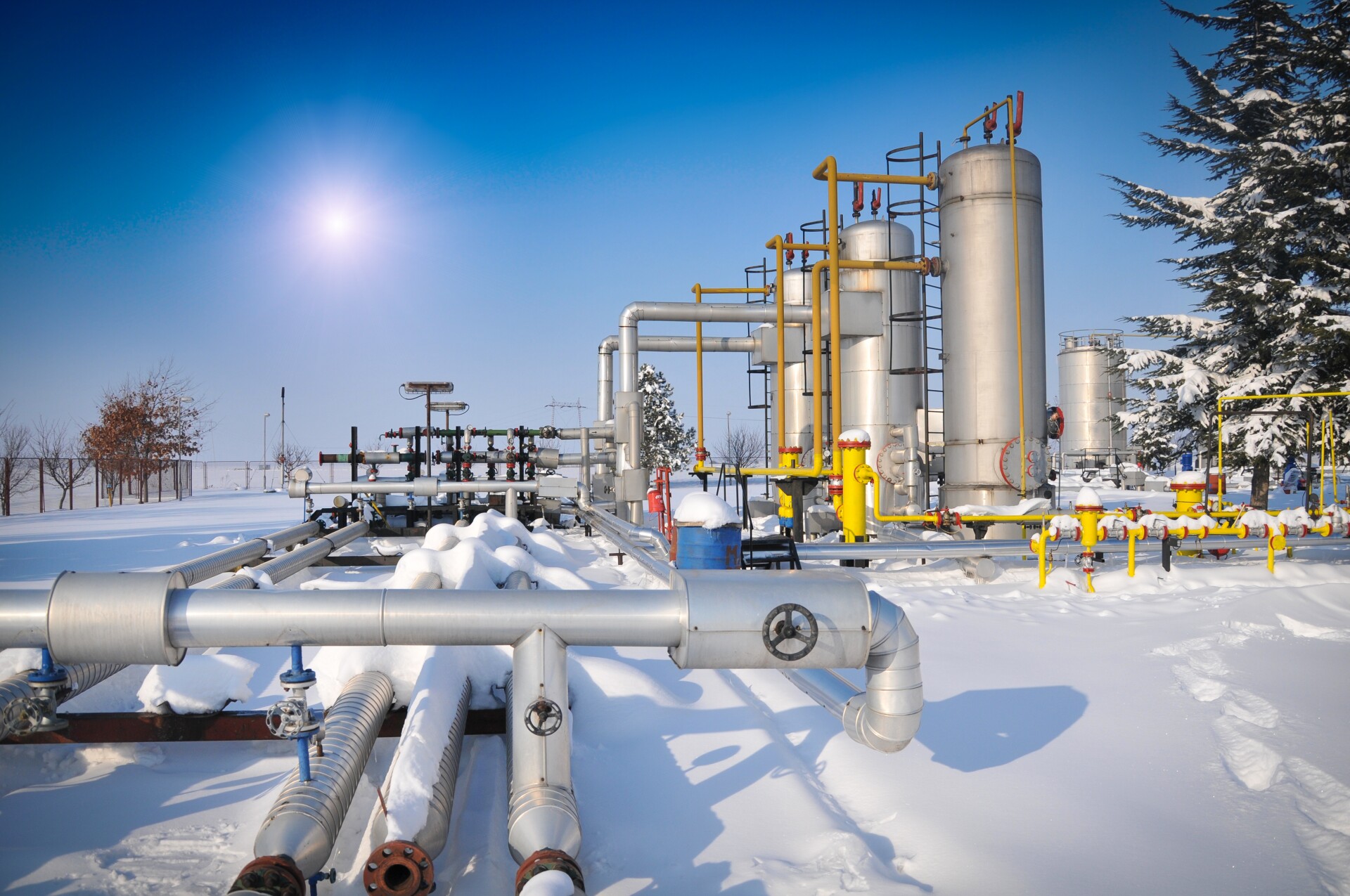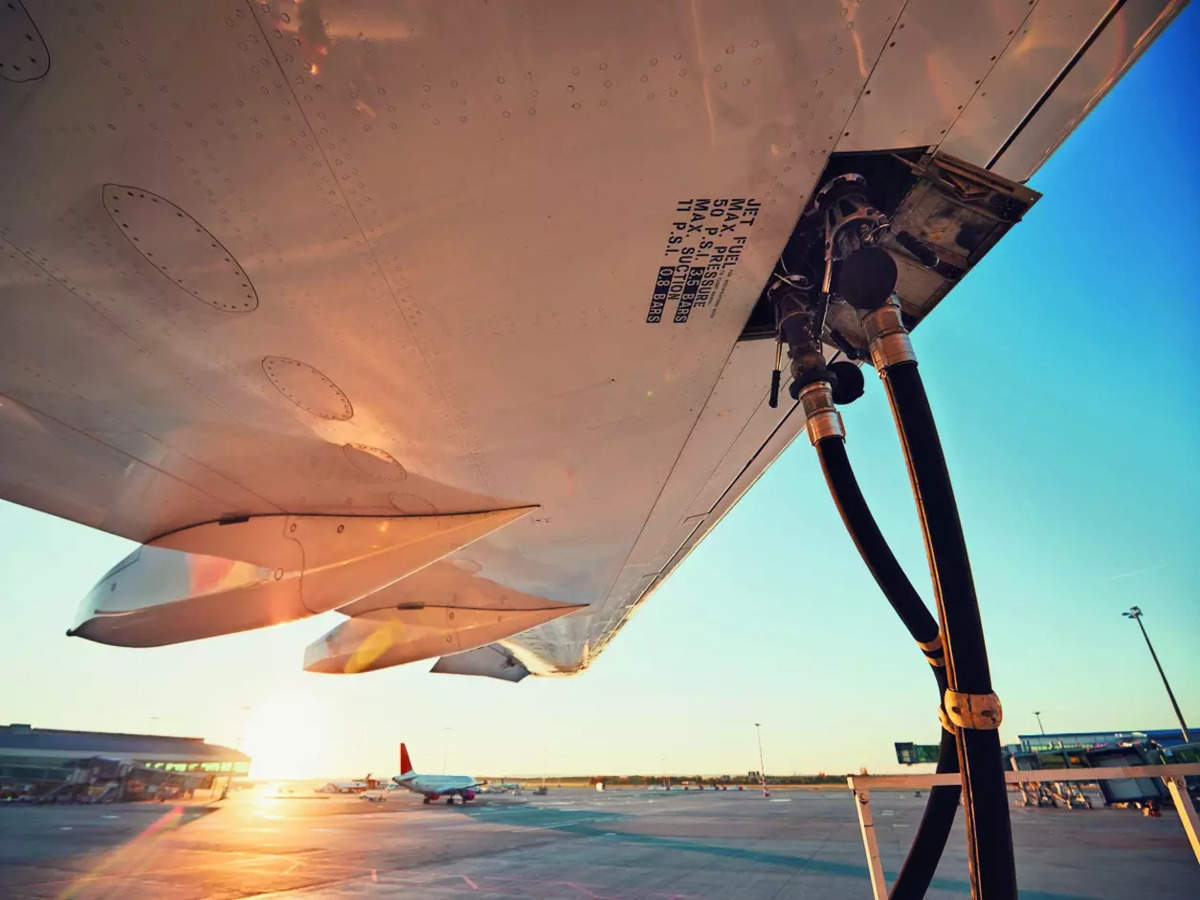The burden of inflation is more on the poor as the price of essential items, such as food and fuel, occupy a greater share in the consumption basket of lower income classes
Our Bureau
New Delhi/Mumbai
The Reserve Bank of India (RBI) may be forced to raise repo rate yet again in December with retail inflation rising to 5-month high of 7.41% in September, mainly on account of rising food prices. India’s retail inflation stood at 7% in August. Food inflation, which comprises almost 40% of inflation basket, accelerated sharply to 22-month high of 8.4% in September from 7.6% a month ago. This was mainly due to rise in price of cereals, vegetables, pulses and milk.
Sequentially, headline inflation rose by 0.6% (August: 0.5% mom) led by food and beverages inflation (0.9% mom). “The sequential pickup was largely due to vegetables, cereals, spices, meat and fish, and pulses. High frequency data continues to show upside to prices of cereals, pulses, and vegetables.
Meanwhile, fuel and light inflation moderated to 10.4% (August: 10.8%) but increased sharply by 0.4% month-on month. Rural and urban inflation also increased by 41 and 55 bps to 7.56% and 7.27%, respectively. September core inflation (CPI excluding food, fuel, pan, and tobacco) increased by 9 bps to 6.26%. Sequentially, core inflation moderated to 0.32%. Clothing and footwear increased to 10.2%, followed by household goods and services at 7.68% (7.53%), while moderation was visible in recreation, and personal care and effects
This is the eighth straight month when inflation figures have remained above the RBI’s tolerance band of 2-6%. The RBI has been tasked by the government to keep inflation in the 2-4% range, with a margin of 2% on each side. Since the RBI has officially missed its inflation target for the third successive quarter, it will have to write a letter to the government explaining the reasons for its failure and the steps it will take to correct this.
According to Crisil, the burden of inflation is more on the poor as the price of essential items, such as food and fuel, occupy a greater share in the consumption basket of lower income classes. “Imported inflation continues to be a concern given the depreciation in the rupee and elevated international energy prices amid persisting geopolitical tensions. This was reflected in a sequential pick-up in fuel inflation. We thus maintain our CPI inflation forecast of 6.8% for this fiscal, higher than 5.5% previous year,” it added.
Moreover, amid this rising inflation pressure, the RBI is expected to hike benchmark lending rates further, thereby adding to the financial burden of the common people.
The price rise has been sharper in rural India. CPI-based inflation in rural India surged to 7.56 per cent in September while for the urban India it stood at 7.27 per cent. The headline inflation has been above the RBI’s mandated tolerance range of 2-6 per cent for three consecutive quarters. Under the flexible inflation targeting framework, the RBI is deemed to have failed in managing price rise if the CPI-based inflation is outside the 2-6 per cent range for three quarters in a row. Now the RBI will have to explain to the government why inflation remained above the mandated 2-6 per cent range.
“The CPI inflation jumped to a sharper than expected, five-month high of 7.4 per cent in September 2022, with the sequential increase and the upside relative to our estimate of 7.2 per cent being primarily driven by food inflation,” said Aditi Nayar, Chief Economist, ICRA.
Food inflation spiked to a 22-month high of 8.4 per cent in September 2022, with a sharp sequential up move in vegetables, cereals and spices.
The excessive rainfall in early October 2022 may adversely impact the kharif harvest and delay rabi sowing, thereby posing a material upside risk to the food inflation outlook. However, the impact of the same on the YoY food inflation prints is likely to be partly mollified by the high base that lies ahead for H2 FY2023, Nayar said. The National Statistical Office (NSO) releases inflation data every month. The Price data are collected from selected 1114 urban Markets and 1181 villages covering all States/UTs through personal visits by field staff of Field Operations Division of NSO, MoSPI on a weekly roster, according to an official statement released by the Ministry of Statistics & Programme Implementation.



























